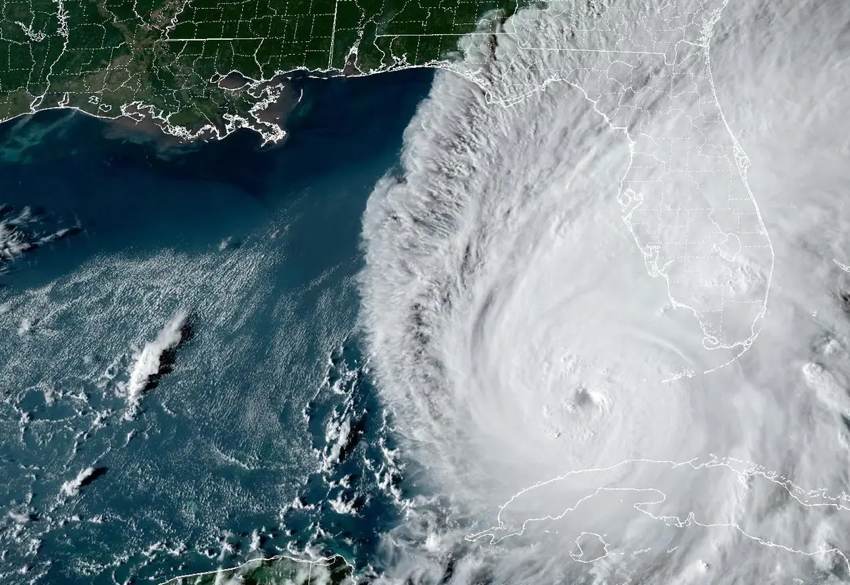Hurricane Ian: Rapid weakening may see losses nearer $32.5b, says KBW

Some further insight on the potential quantum of industry loss faced by the insurance, reinsurance and ILS market from major hurricane Ian, as KBW analyst Meyer Shields said he believes the relatively rapid weakening of the storm after landfall could mean losses settle closer to the bottom of a $32.5 billion to $40 billion range.
Shields has taken that range from the pre-landfall estimate given on September 27th by risk modeller Karen Clark & Company, as well as data from risk modeller RMS, he explained.
It should be noted that a lot changed with hurricane Ian having intensified significantly as it approached its landfall, so it remains to be seen how estimates from the modellers will differ after the landfall, to their pre-landfall modelled scenario based estimates.
Shields highlighted the potential for hurricane Ian to cause, “Significant losses that should reinforce reinsurance demand while eroding reinsurance capital.”
“Although the storm is still ongoing, the hurricane’s relatively rapid weakening suggests insured losses closer to the lower than higher end of the $32.5-40 billion range previously estimated by KCC and RMS,” Shields said.
In addition, Florida Citizens shared an modelled impact assessment for its portfolio of a $3.8 billion claims total the other day, which Shields notes would correspond to an industry impact of low $30 billion’s.
The Citizens estimate was for 225,000 claims and $3.8 billion of losses, based on a National Weather Service (NWS) hurricane track in advance of landfall and takes into consideration Citizens’ policy footprint in the expected hurricane affected areas, at the time of that forecast.
Critically important to Florida Citizens reinsurance partners, is how that loss will be split across the Coastal and Personal Lines accounts, as the split may make the difference between this being a surplus plus FHCF impact for Citizens, or eroding some of its reinsurance or catastrophe bonds.
All of which adds more weight to $30 billion being a baseline or starting point for estimate ranges now.
But, with the impacts from hurricane Ian continuing and the second landfall on the southeast US coastline still to come, a lot could change and the numbers are likely to rise.
As we highlighted earlier today, there are scenario based modelled estimates that came out more recently which point to something higher up, in terms of insurance and reinsurance market loss. Uncertainty still reigns over exactly where the industry’s bill will settle.






